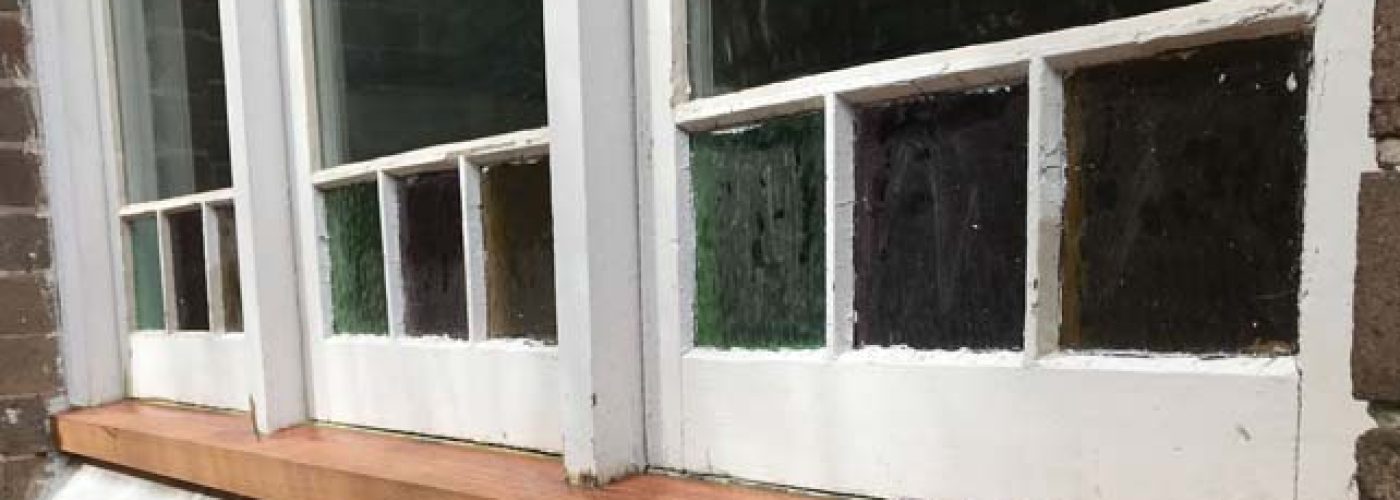Are your sash windows showing signs of rot? We have put together the essential tips for restoring sash windows and repairing rotten frames and sills effectively. Follow this expert advice from the leading sash window repair and replacement professionals, perfect for maintaining your windows’ timeless beauty.
Rotten Frames and Sills
Sash windows, with their classic charm, add character to any property. However, over time, these windows may face the challenge of rotting frames and sills, which can compromise both their aesthetic appeal and functionality.
Restoring sash windows and repairing rotten frames and sills can seem like a daunting task, but with the right approach and techniques, it can be a rewarding project.
Here are some key steps and tips to help you get started:
1. Identifying signs of rotten frames and sills
Before diving into the restoration process, it’s essential to identify signs of rot in your sash window frames and sills. Look for discoloration, soft spots, and visible mould or mildew. Gently probe the wood with a screwdriver to check for softness or decay. Identifying the extent of the damage will guide you in choosing the best way to fix any problem.
2. What is causing the rot?
You’ll need to get to the bottom of what is causing the rot to occur. Common causes include exposure to moisture, insect infestations, and poor maintenance. By keeping on top of these you will add years more life to your sash window frames and sills.
3. Do you need a sash window repair and replacement expert?
Deciding whether to undertake the restoration yourself or hire a professional is a critical step. While minor repairs can be DIY-friendly, extensive damage might require the expertise of a skilled professional. Consider your experience, available time, and the scale of the restoration project before making a decision.
4. Use the Right Tools for the Job
Going ahead with the DIY approach? Some tools you might need include chisels, wood filler, sandpaper, a utility knife, and a paintbrush. The right tools will ensure precision and efficiency during the restoration process.
4 Steps to Windowsill and Frame Restoration
Removing Rotted Wood: Start by carefully removing the rotted sections of the frames and sills using a chisel. Take your time to avoid causing further damage to the surrounding areas.
Applying Wood Filler: Once the rotted wood is removed, apply a reliable wood filler to the affected areas. Make sure the filler matches the colour and type of wood for a seamless finish.
Sanding: After the filler dries, sand the repaired areas until smooth.
Painting: Apply a primer to the repaired areas before painting to enhance adhesion and protection against future damage. Choose a weather-resistant paint that complements the rest of your property.
Preserving Your Hard Work
To prolong the life of your restored sash windows and prevent future rot, follow these maintenance tips:
- Regular Inspection: Conduct routine inspections of your sash windows to identify signs of decay early on and address them promptly.
- Ventilation: Ensure there is proper ventilation to prevent moisture buildup, which encourages wood rot.
- Add Protection: Consider applying protective coatings on wood surfaces – this extra layer will help stop moisture and pests.
- Seasonal Maintenance: Pay special attention to your windows during seasonal changes, as temperature and humidity fluctuations can impact wood integrity.
Wooden Window frame and Windowsill FAQs
Q: How can I tell if my sash window frames and sills are rotting?
A: Look for signs of discoloration, softness, and visible mould or mildew. Gently probing the wood with a screwdriver can also help identify decay.
Q: Can I repair rotted sash window frames myself?
A: Minor repairs can be DIY-friendly, but extensive damage might require professional expertise.
Q: What causes sash window frames and sills to rot?
A: Common causes include exposure to moisture, insect infestations, and poor maintenance
Q: What tools do I need for sash window restoration?
A: Essential tools include chisels, wood filler, sandpaper, a utility knife, and a paintbrush.
Q: How do I prevent future rot after restoration?
A: Regular inspections, proper ventilation, protective coatings, and seasonal maintenance are essential preventive measures.
Restoring sash windows and repairing rotten frames and sills can breathe new life into your home. By identifying signs of rot, understanding the causes, and following the right restoration process, you can successfully revitalise your sash windows without needing to replace the whole lot which is better for the environment, and your bank balance.





